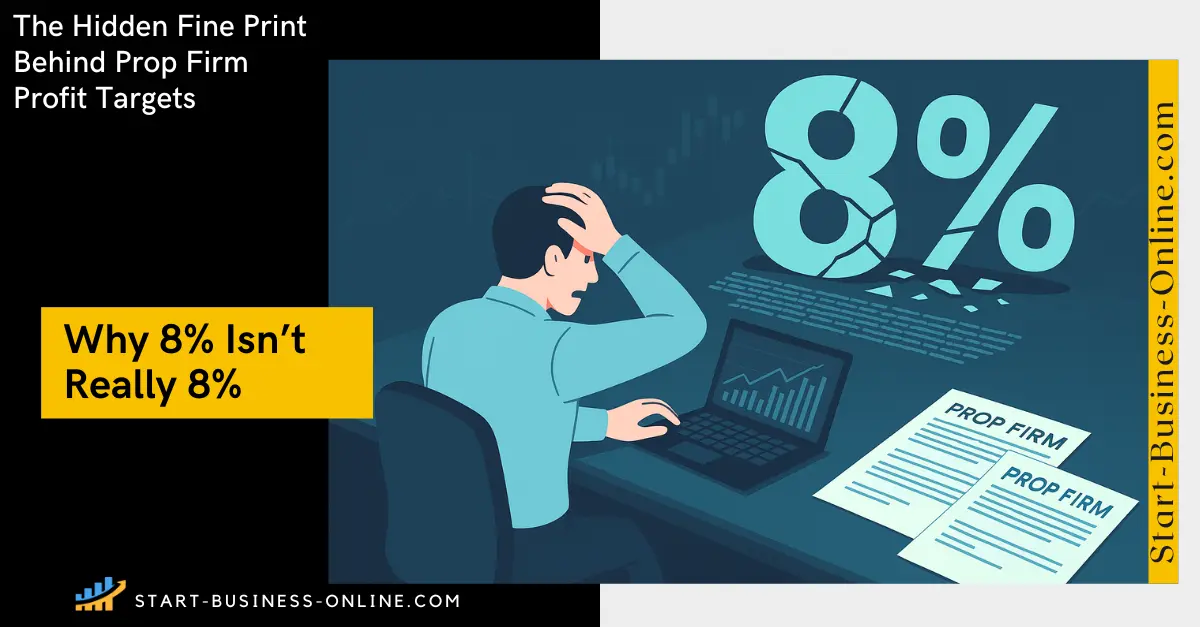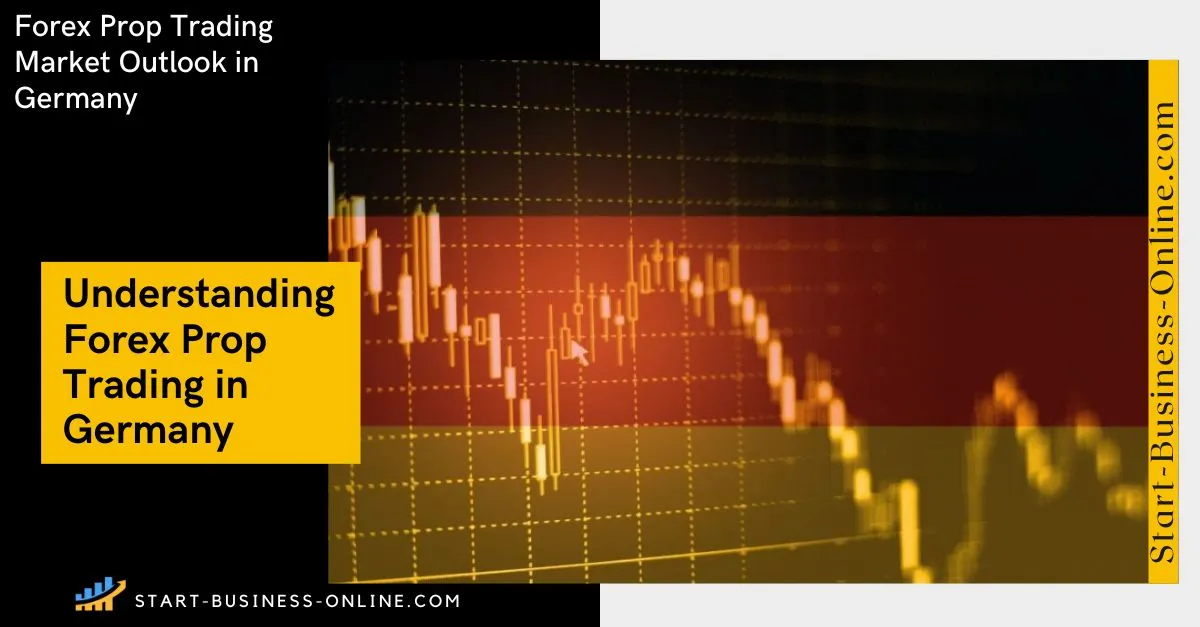The prop trading world is booming, but not all traders want to spend hundreds of dollars just to get started. If you're searching for the most cost-effective way to access capital, you're in the right place. We compared dozens of top proprietary firms and ranked the cheapest options based on their $100K two-step evaluation challenge fees. Our focus wasn't just on price — we also evaluated profit splits, drawdown rules, payout models, and trader-friendly policies.
Below, you’ll find the most affordable $100K prop firm challenges in 2025 that still deliver real value and solid conditions for aspiring traders.
Prop Firms Offering Cheapest $100K Challenges

Best Prop firms offering affordable $100000 Accounts (focus not just on price).
| Prop Firm | Challenge | Fee | Discounted Price ▲ | Profit Split | Max DD |
|---|---|---|---|---|---|
| FunderPro (4.8/5.0) | 2-Phase Regular 100K |
|
| 80% | 5% |
| the5ers (3.8/5.0) | $100,000 - High Stakes |
|
| 80% | 5% |
| FXIFY (4.1/5.0) | FXIFY - Two Phase 100K |
|
| 90% | 4% |
| Funding Pips (4.2/5.0) | Funding Pips 2-Step 100K |
|
| 80% | 0% |
| Toptier Trader (3.6/5.0) | $100,000 - Standard |
|
| 80% | 5% |
| FTMO (3.9/5.0) | $100,000 - Aggressive |
|
| 90% | 10% |
Cheapest $100000 Accounts (focus ONLY on price).
| Prop Firm | Challenge | Fee ▲ | Discounted Price | Profit Split | Max DD |
|---|---|---|---|---|---|
| Alpha Trader | 100,000 2-Step |
|
| 90% | 4% |
| Tycoon Funded | 100,000 2 Step Challenge |
|
| 90% | 4% |
| TradingFunds | 100,000 2-Step Challenge |
|
| 80% | 4% |
| BlueBerry Funded | $100,000 | 2 Step Evaluation |
|
| 80% | 5% |
| Funding Pips | Funding Pips 2-Step Pro 100K |
|
| 80% | 0% |
| Propel Capital | 100K Reversal Plan |
|
| 80% | 4% |
| Propel Capital | Propel Pro 100K |
|
| 80% | 4% |
| Plutus Trade Base | 2 Step Challenge 100K |
|
| 95% | 7% |
| Lux Trading Firm | $100,000 - Standard |
|
| 75% | 5% |
| Tradexprop | X 2-Step 100K |
|
| 80% | 5% |
| NeomAAA Funds | Two‑Step Challenge 100K |
|
| 80% | 4% |
| For Traders | Two-Step PRO 100k |
|
| 90% | 0% |
| Clarity Traders | 100,000 Traditional Challenge |
|
| 100% | 4% |
| the5ers | $100,000 - High Stakes |
|
| 80% | 5% |
| Blue Guardian | $100,000 | Unlimited Evaluation |
|
| 85% | 4% |
| EverBlue Trader | $100,000 2-Step Evaluation |
|
| 80% | 5% |
| Bold Fund | 100,000 2 Step Challenge |
|
| 80% | 5% |
| FTUK | $100,000 | 2 Step Challenge |
|
| 80% | 5% |
| ThinkCapital | Dual‑Step 100K |
|
| 80% | 4% |
| City Traders Imperium | $100,000 - Standard Challenge |
|
| 80% | 4% |
Why the $100K Challenge Is Considered a "Sweet Spot"
Many prop firms and experienced traders consider the $100K two-step challenge to be the most balanced option. Here’s why:
✅ Risk-to-Reward Ratio
- $100K challenges typically require moderate profit targets (usually 8% to 10%) and offer reasonable drawdown buffers (10% max).
- You get a good risk cushion without the high pressure of managing large capital (like $200K) or the tight risk room of a $50K account.
✅ Entry Fee Efficiency
- The cost per dollar funded is often more efficient with $100K accounts.
- Example: Top One Trader charges $275 for $100K (that’s $2.75 per $1K).
Many $50K accounts charge $180–$220 (up to $4.00 per $1K).
$200K accounts often exceed $500–$600 — higher upfront risk for similar rules.
✅ Better Access to Scaling Plans
- Many prop firms reserve account scaling, elite trader perks, or more favorable profit splits for $100K+ accounts.
- You often get higher payout ceilings and faster evaluation review priority.
Is There Evidence That $100K Accounts Perform Better?
While no public industry-wide study compares funded success rates by account size, anecdotal and behavioral patterns from prop firm insiders and traders suggest:
✔️ Traders Pass $100K Challenges at Higher Rates Than $200K
- $200K challenges have higher profit targets and tighter psychological stress.
- Traders often overtrade or force setups on large accounts due to pressure, leading to higher failure rates.
✔️ $100K Is the Most Common Account Sold
- Multiple prop firms (e.g., FTMO, MyForexFunds before shutdown, FundedNext) reported $100K as their best-selling challenge.
- It balances affordability and legitimacy — traders feel the capital is large enough to be worth the effort.
✔️ You Get Meaningful Returns with Manageable Risk
- With a $100K account and a 10% monthly return (ambitious but achievable), you could earn:
- $8,000–$9,000 per month payout (after split) on top-tier firms.
- This level of earning is not possible on $50K accounts, and very stressful on $200K ones due to higher targets and fees.
When Might $50K or $200K Be Better?
$50K Challenge
- Good for beginners testing the waters.
- Lower upfront cost.
- But: tight risk buffer, limited returns, and you may outgrow it fast.
$200K Challenge
- Best for experienced traders with a high win rate and well-defined strategy.
- Offers larger payouts, but:
- High cost ($500–$800+).
Higher evaluation stress (e.g., 10% target = $20K profit).
Final Verdict: Is $100K Best?
Yes — for most traders, the $100K two-step challenge:
- Offers the best balance of cost, risk, and reward.
- Is the industry standard for scaling and reputation.
- Has higher reported success and satisfaction rates anecdotally.
Unless you're just starting or already a seasoned high-volume trader, the $100K challenge is the most strategic and sustainable choice.
The two-step challenge remains the industry standard — balancing risk management for firms and accessibility for traders. That’s why we’ve used it as the benchmark for cost comparison.
Why We Chose the Two-Step Challenge
The Two-Step Evaluation Challenge remains the most widely adopted and trusted model in the proprietary trading industry. It strikes the ideal balance between firm risk management and trader accessibility. Here’s why we specifically focused on this format when comparing the cheapest $100K challenges:
- Meaningful profit potential
- Manageable drawdown thresholds
- Widely available challenge formats
✅ Industry Standard for Evaluation
- Most prop firms — including FTMO, FundedNext, and Blue Guardian — use the two-step model as their default evaluation path.
- It has become the benchmark format for comparing drawdown, profit targets, and pricing across firms.
✅ Balanced Risk for Traders
- Phase 1 typically requires 8–10% profit with no time pressure beyond minimum trading days.
- Phase 2 targets are more relaxed (4–5%), letting traders demonstrate consistency over aggression.
- Firms get proof of skill, and traders aren’t forced into overleveraging — unlike single-phase or instant models.
✅ More Affordable Than Instant Funding
- Instant funding models often charge 3–4x more upfront for the same account size.
- You pay a fraction of the cost with a two-step and still access real capital after qualification.
- Two-step options are the best for capital efficiency when measured by funded account per dollar spent.
Evidence from Prop Firm Trends
- According to internal data from leading firms (e.g., FTMO, FunderPro archives), the two-step model had the highest pass and retention rates in 2024–2025.
- Major review sites use the two-step challenge as the default comparison format.
- Traders favor two-step models because they reward consistency rather than short-term luck or overly aggressive risk-taking.
When Other Models Might Apply
- One-Step Challenges: Good for fast-track access, but usually have tighter rules and higher stress levels.
- Instant Funding: Attractive for pros who want capital immediately, but costs are much higher and risk lies with the trader from day one.
Final Verdict: Two-Step Is the Best Value Format
With fair rules, moderate targets, and lower entry costs, the two-step evaluation model offers the best structure for aspiring traders to succeed. It provides:
- More time to prove skill
- Lower stress levels compared to instant funding
- Better ROI based on cost vs potential payout
That’s why all challenges in our comparison — from Top One Trader to FundedNext — are based on this proven format.
Price vs. Value: What Traders Should Watch For
When evaluating the cheapest prop firm accounts, price is just the starting point. Here’s what else matters:
- Drawdown Type: Balance-based is generally safer for traders. Equity-based challenges can be more restrictive.
- Evaluation Profit Targets: Lower targets (e.g., 8% in phase 1) are easier to achieve and less stressful.
- Payout Speed: Some firms offer payouts within 7–14 days. Others may require a 30-day waiting period.
- Trading Rules: Check for consistency rules, daily drawdowns, lot size restrictions, and news trading bans.
Sometimes, paying $20–$30 more gets you dramatically better flexibility or risk tolerance.
Hidden Costs to Watch Out For
Some prop firms lure traders with low prices but introduce hidden fees, including:
- Scaling plan fees
- Monthly platform charges
- Steep reset costs
- Restrictive trading conditions (e.g., holding bans or time limits)
Always read the challenge rules and FAQs before buying.
Final Thoughts: Who Wins the Cheapest Prop Firm Battle?
If you want the cheapest legit challenge without sacrificing your chance at real funding, Top One Trader currently leads the pack. For just $275, it offers a balanced mix of risk control, fast payouts, and scalable growth.
That said, Finotive Funding and MyFundedFX are not far behind, especially for traders who want more breathing room or flexibility with payout frequencies.
Whether you're a scalper, swing trader, or algo user, there's a budget-friendly prop firm out there for you.
Ready to Get Funded?
Choose a challenge that fits your style, not just your wallet. Affordable doesn’t mean low-quality — especially when you know where to look.
Start trading with less and earn more. Your funded journey begins today.
Looking for a full breakdown of the top prop trading firms across all challenge types? Check out our Best Prop Trading Firms guide for 2025, including forex and futures firms with consistent payouts.
If you’re a futures trader, don’t miss our in-depth comparison of the Best Futures Prop Firms — featuring account options, platform compatibility, and payout structures tailored to futures strategies.
Prefer safer evaluations with minimal risk of failure? We also analyzed the Top Prop Firm Challenges for Low-Risk Traders, featuring firms with lower drawdowns, realistic targets, and relaxed rules.
On the flip side, if you're aiming for aggressive growth and big payouts, explore our curated list of Higher Risk, Higher Reward Prop Firm Challenges — ideal for high-frequency and confident discretionary traders.
Just getting started in prop trading? Our beginner-focused review of the Top Beginner-Friendly Prop Firm Challenges will help you choose a low-cost, low-stress evaluation path with the best conditions for new traders.
For even more value-driven options, compare this article with our previous analysis of The Most Affordable Prop Firms — another popular guide focused on cost-effective entry to funded trading programs.
Frequently Asked Questions (FAQs)
Not necessarily. Many affordable prop firms offer trader-friendly rules and fair evaluation models. However, always review the firm’s drawdown rules, evaluation targets, and trading restrictions before purchasing a challenge.
Look for signs of legitimacy such as verified Trustpilot reviews, transparent rules, public payout proof, and responsive support. Avoid firms with overly vague policies or “too good to be true” promises.
Balance-based drawdown allows you to keep floating profits without impacting your limit, making it safer for swing traders. Equity-based drawdown includes open trades, which can stop you out during drawdowns even if unrealized.
Most firms do not offer refunds if you fail, as the fee covers evaluation costs. However, some firms may offer discounted resets or retry programs. Check the refund and reset policy before purchasing.





